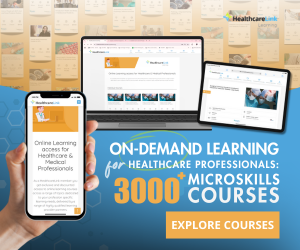Anaesthesia | Paediatrics | Spontaneous Ventilation Techniques
Spontaneous Ventilation Techniques
Session Overview
Description
This session is a guide to the use of spontaneous ventilation techniques during general anaesthesia in paediatric patients. Relevant respiratory anatomy and physiology in paediatric patients is considered, with particular reference to the potential limitations of a spontaneous ventilation technique in neonates and infants. Airway management, paediatric breathing systems and the use of monitoring are also described.
Learning Objectives
By the end of this session you will be able to:
- Define a spontaneous ventilation technique for the maintenance of general anaesthesia
- Describe the effects of general anaesthetic agents on respiratory physiology in paediatric patients
- Identify features of the clinical setting in which a spontaneous ventilation technique is appropriate for maintenance of general anaesthesia in children
- Describe the principles of conduct of anaesthesia using a spontaneous breathing technique
- Identify which monitors are essential during anaesthesia when the patient is breathing spontaneously
- Describe an ideal breathing system for paediatric patients spontaneously breathing under anaesthesia
Maintenance of anaesthesia in paediatric patients can be achieved using spontaneous breathing or controlled ventilation. The choice of technique is influenced by many factors which include the age and condition of the patient as well as surgical factors such as timing, site and duration of surgery.
This session will give guidance on how to assess whether a technique in which the patient remains spontaneously breathing is suitable for maintenance of anaesthesia, and then address how to use the technique in paediatric anaesthetic practice.
- NiPHC Transition to Practice Program
- Posted By APNA - Australian Primary Healthcare Nursing Association - Transition to Practice Program
- Posted Date: 2024-11-28
- Location:Online
- Transition to Practice Program: helping nurses make the move into primary health care.
- Non-pharmacological Approaches to the Management o...
- Posted By eIntegrity Healthcare e-Learning
- Posted Date: 2024-11-28
- Location:Online
- This session presents a wide spectrum of non-pharmacological approaches to the management of chronic...
- Medications and Older Adults course
- Posted By eIntegrity Healthcare e-Learning
- Posted Date: 2024-11-28
- Location:Online
- This session describes the physiological changes that occur with ageing and the effects these change...
- Common Pain Conditions in Older People course
- Posted By eIntegrity Healthcare e-Learning
- Posted Date: 2024-11-28
- Location:Online
- This session describes some of the most common conditions that cause pain in older people, the manag...
- Assessment of Pain in Older Adults course
- Posted By eIntegrity Healthcare e-Learning
- Posted Date: 2024-11-28
- Location:Online
- This session describes the assessment of pain in older adults and the range of assessment tools avai...


